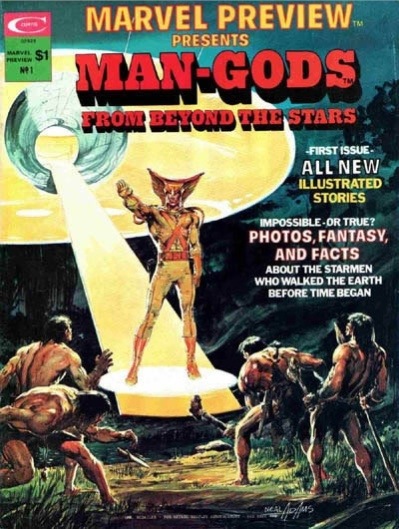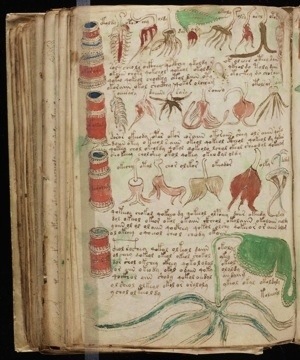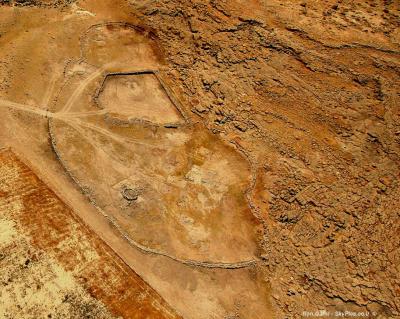 Discover Magazine has a very intriguing story: In 1913 two farmers uncovered a skull in South Africa that still has paleontologists scratching their heads. The so-called Boskop Man was first thought to be a distinct genus while some argued he’s a variation of anatomically modern humans.
Discover Magazine has a very intriguing story: In 1913 two farmers uncovered a skull in South Africa that still has paleontologists scratching their heads. The so-called Boskop Man was first thought to be a distinct genus while some argued he’s a variation of anatomically modern humans.
What made Boskop Man unique and the the other similar skulls found like him is that his brain was much, much larger then ours in relation to ours. Based on what we can infer about brain size between species, his (and her) larger brains and neocortex suggest this ancient race of man was way smarter than us. How much smarter?
In a classroom with 35 big-headed, baby-faced Boskop kids, you would likely encounter five or six with IQ scores at the upper range of what has ever been recorded in human history. The Boskops coexisted with our Homo sapiens forebears. Just as we see the ancient Homo erectus as a savage primitive, Boskop may have viewed us in somewhat the same way.
Boskop Man is believed to have lived between 30,000 to 10,000 years ago. Why this super-genius vanished is a mystery. The Discover Magazine article postulates some interesting theories, but no concrete leads. One potential scenario is that he just blended in with the rest of us as a wise uncle:
At his new dig site, FitzSimons came across a remarkable piece of construction. The site had been at one time a communal living center, perhaps tens of thousands of years ago. There were many collected rocks, leftover bones, and some casually interred skeletons of normal-looking humans. But to one side of the site, in a clearing, was a single, carefully constructed tomb, built for a single occupant—perhaps the tomb of a leader or of a revered wise man. His remains had been positioned to face the rising sun. In repose, he appeared unremarkable in every regard…except for a giant skull.
Maybe they just leap-frogged us altogether?
link: What Happened to the Hominids Who Were Smarter Than Us? | Human Evolution | DISCOVER Magazine
link: Boskop Man – Wikipedia, the free encyclopedia






